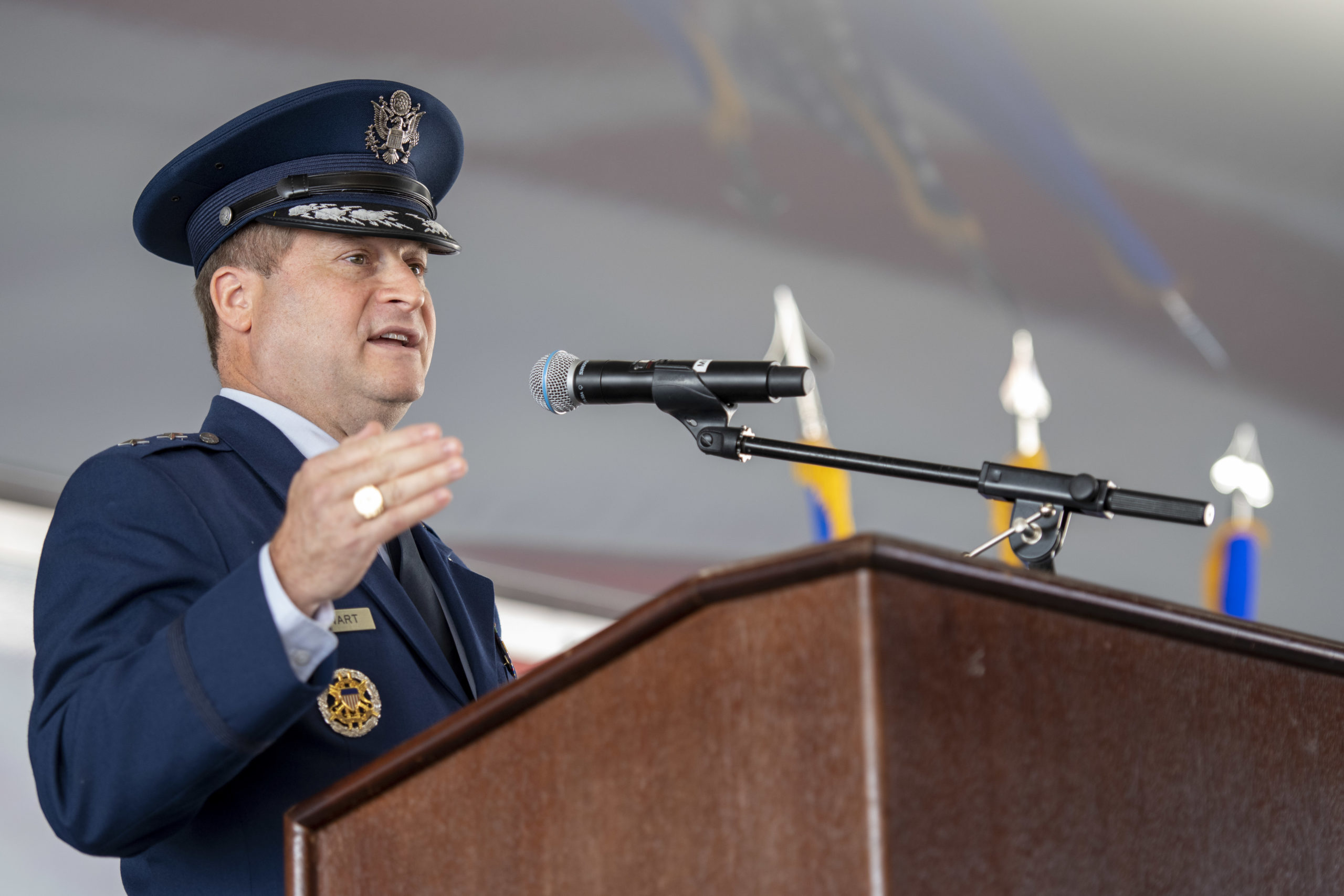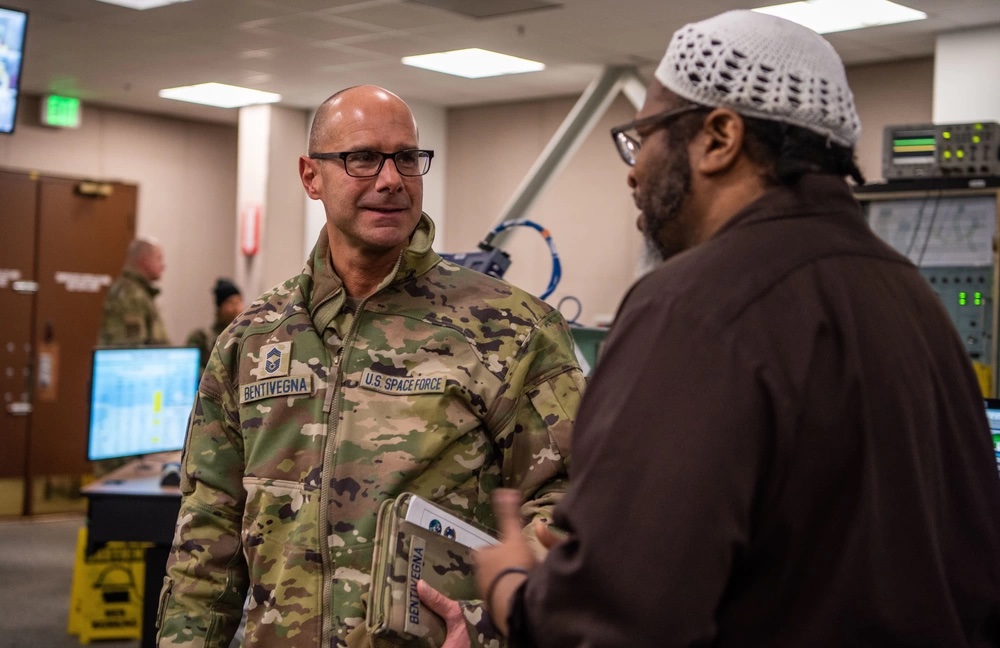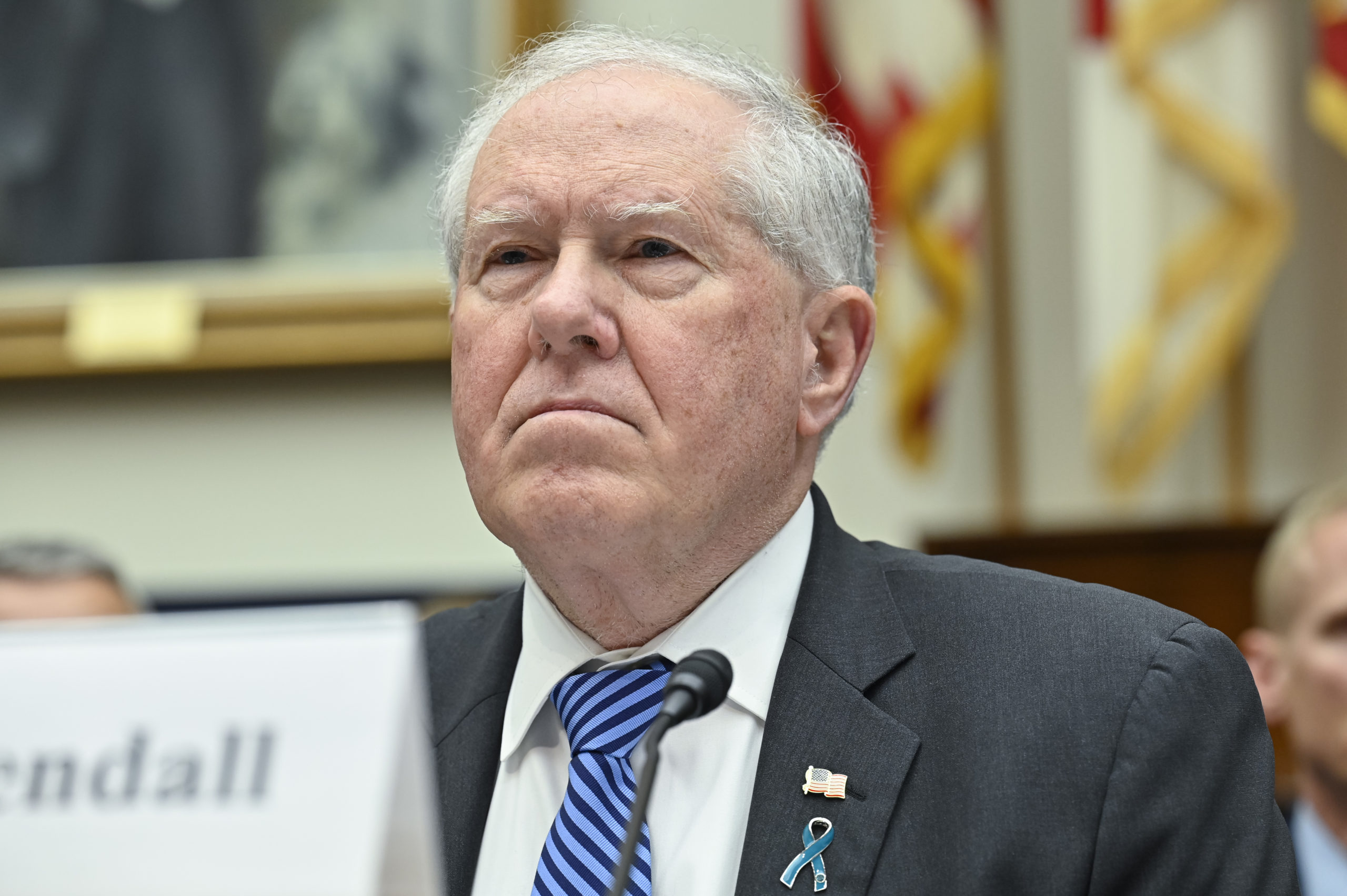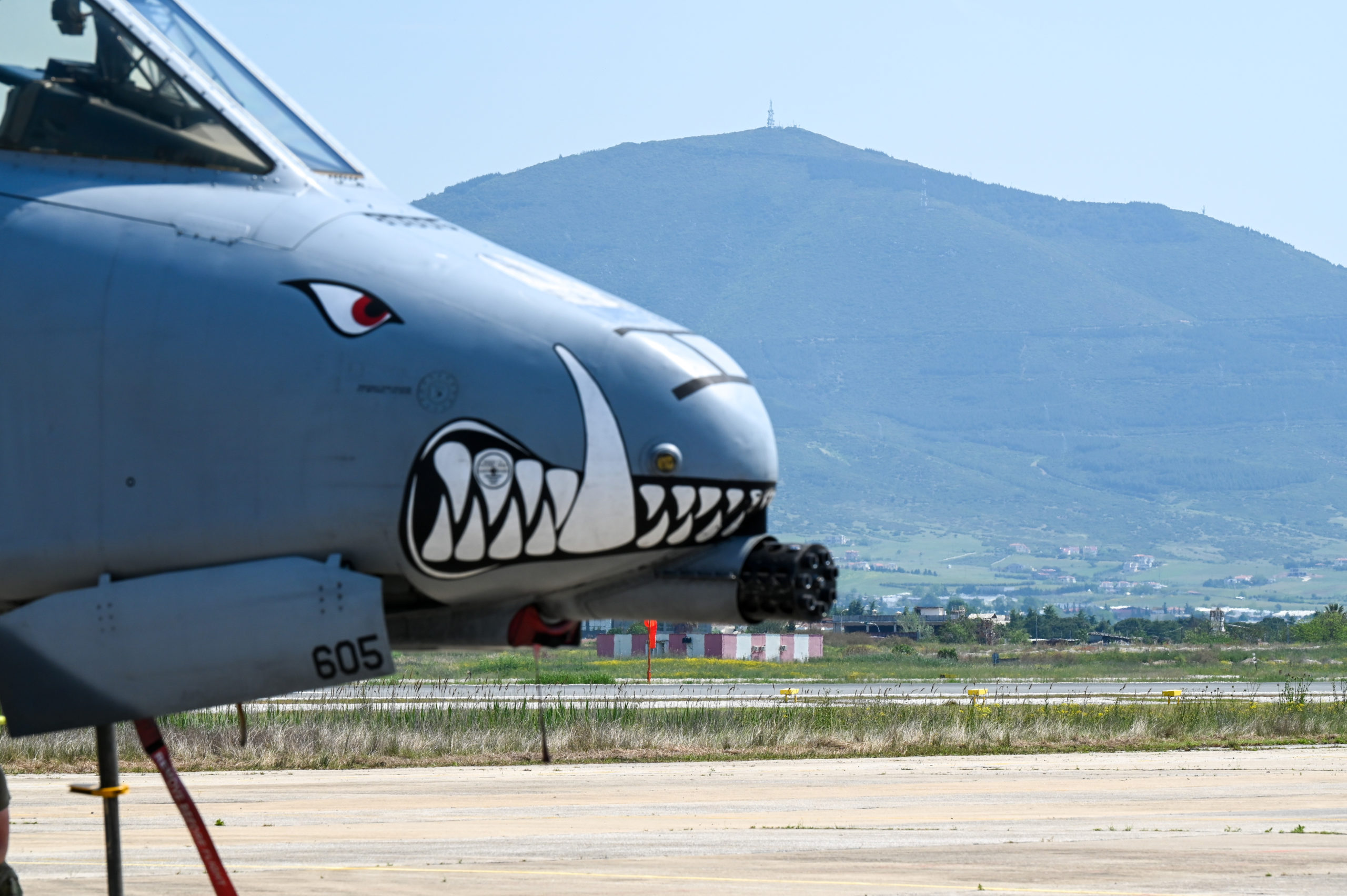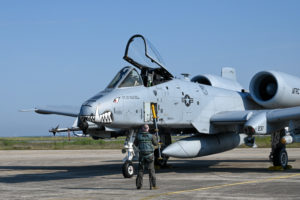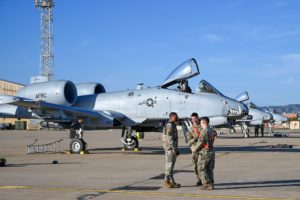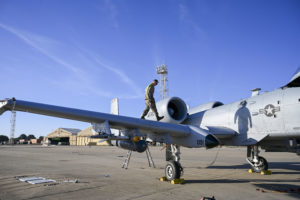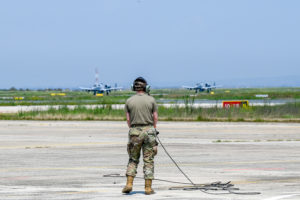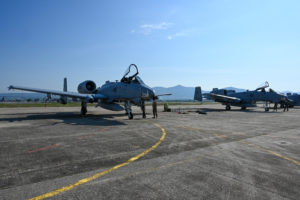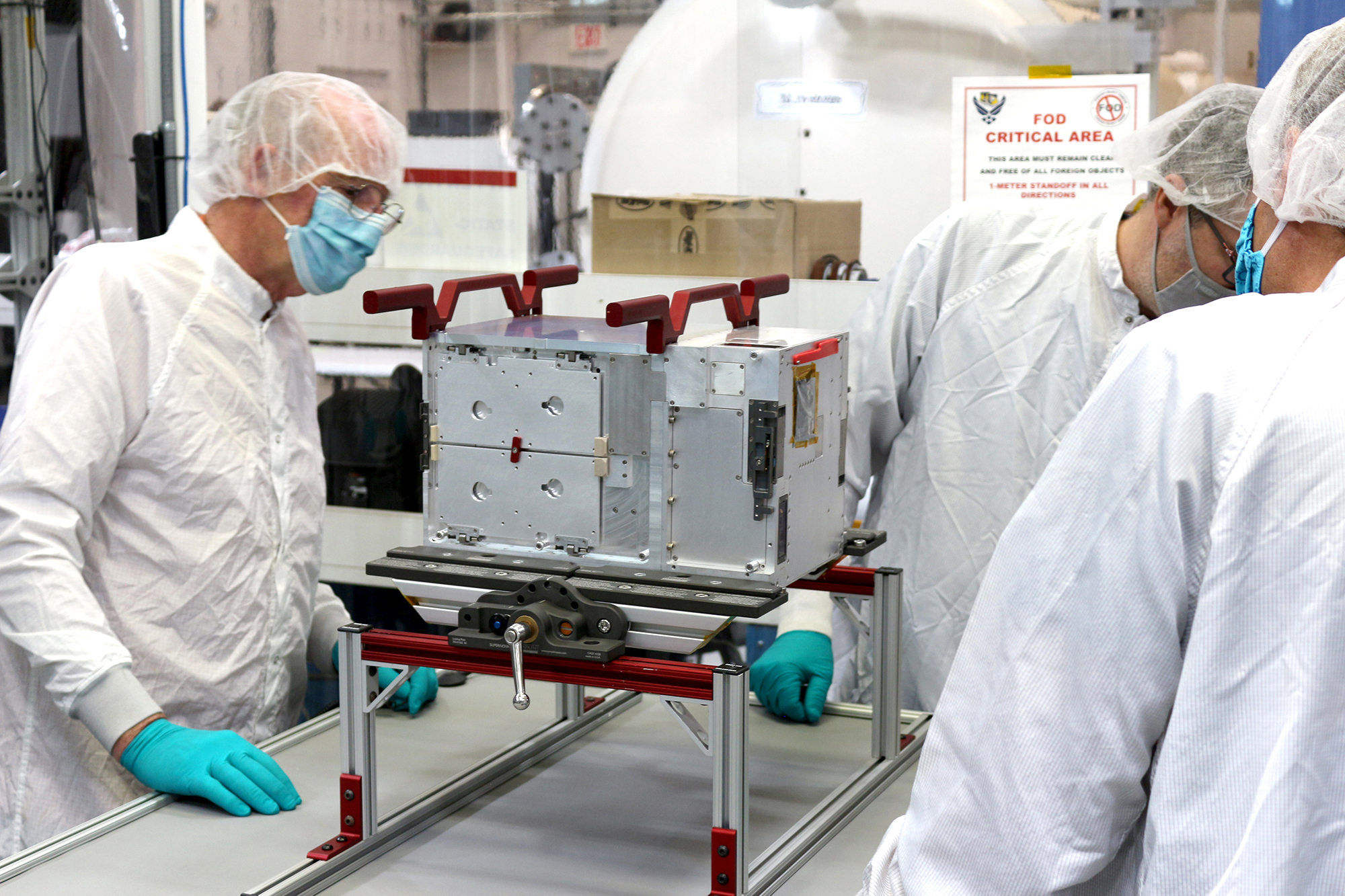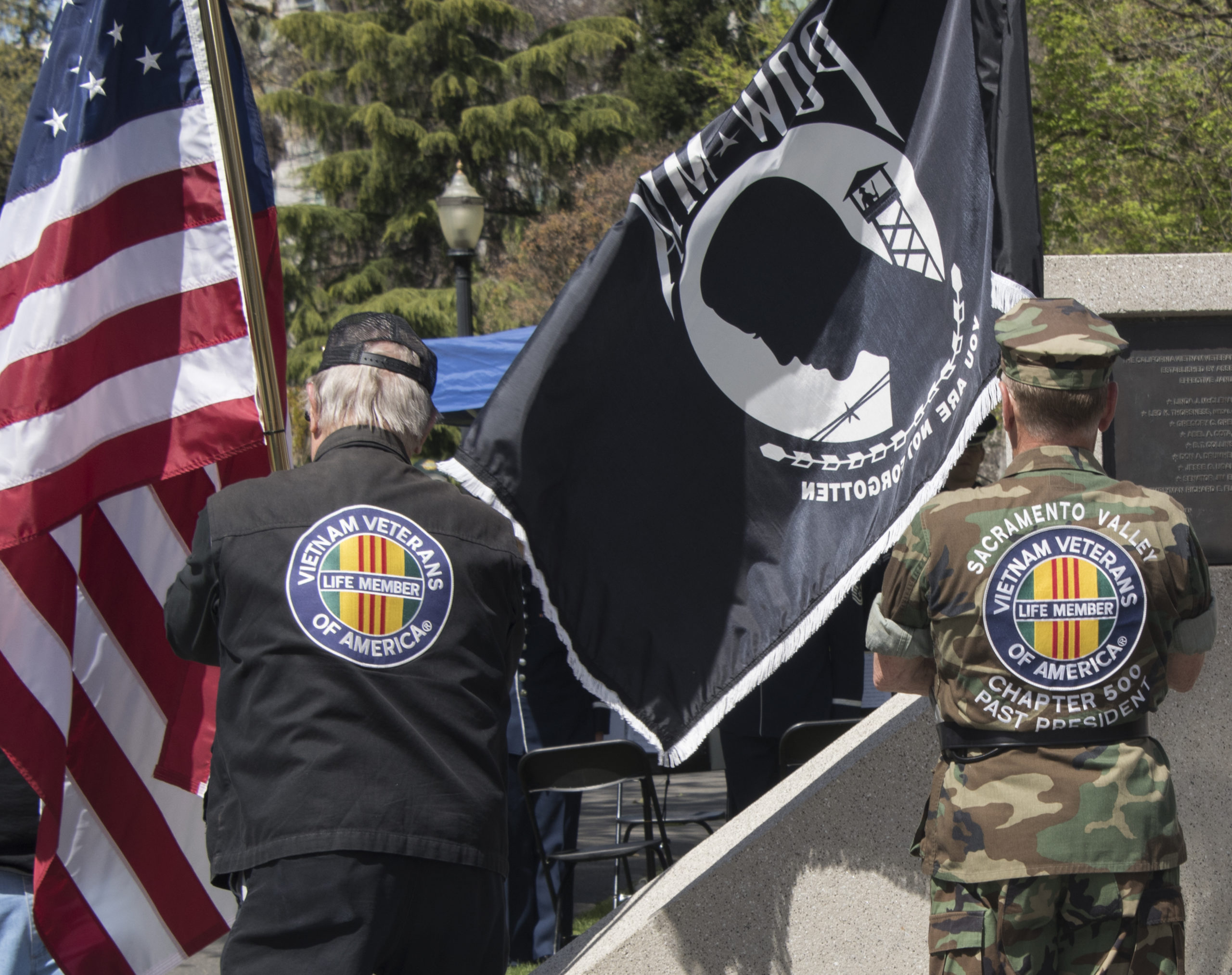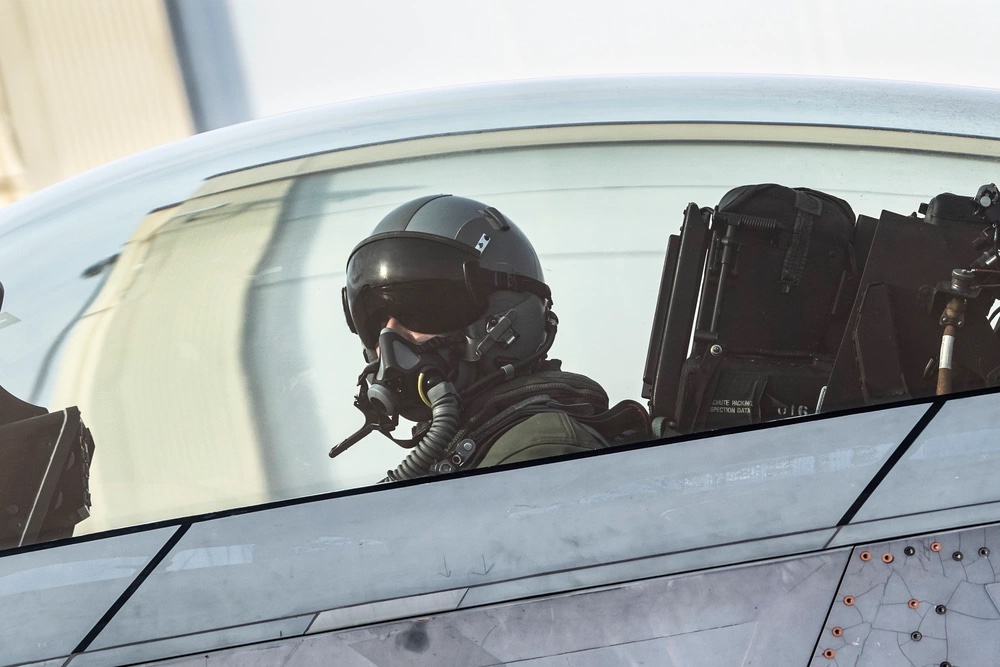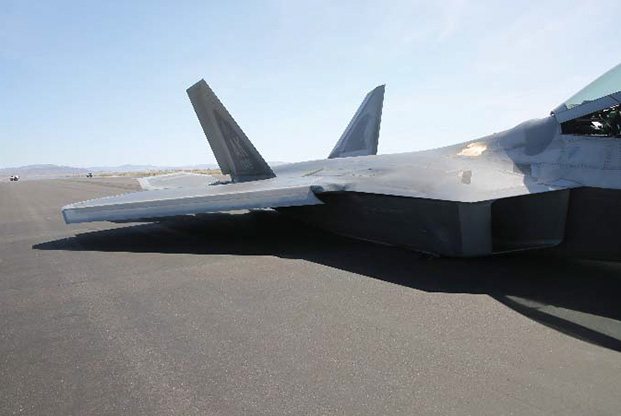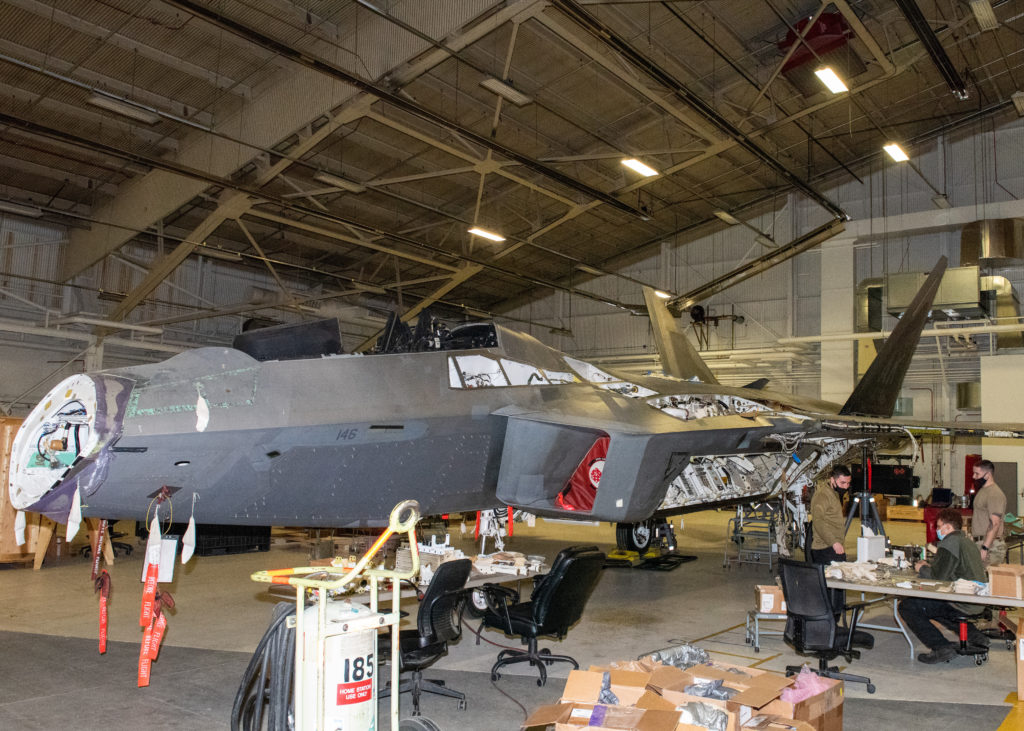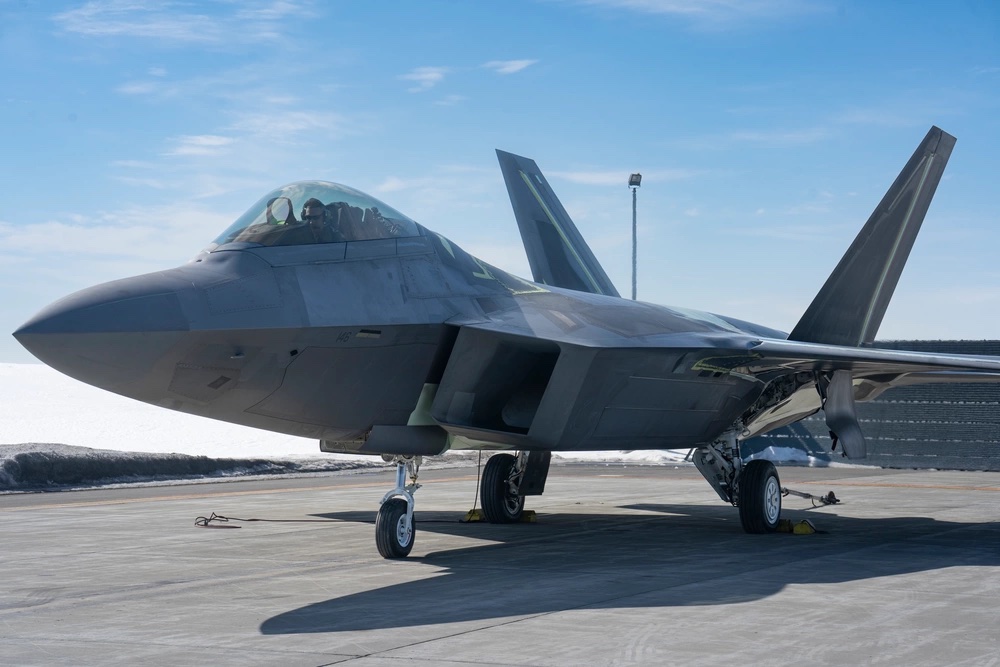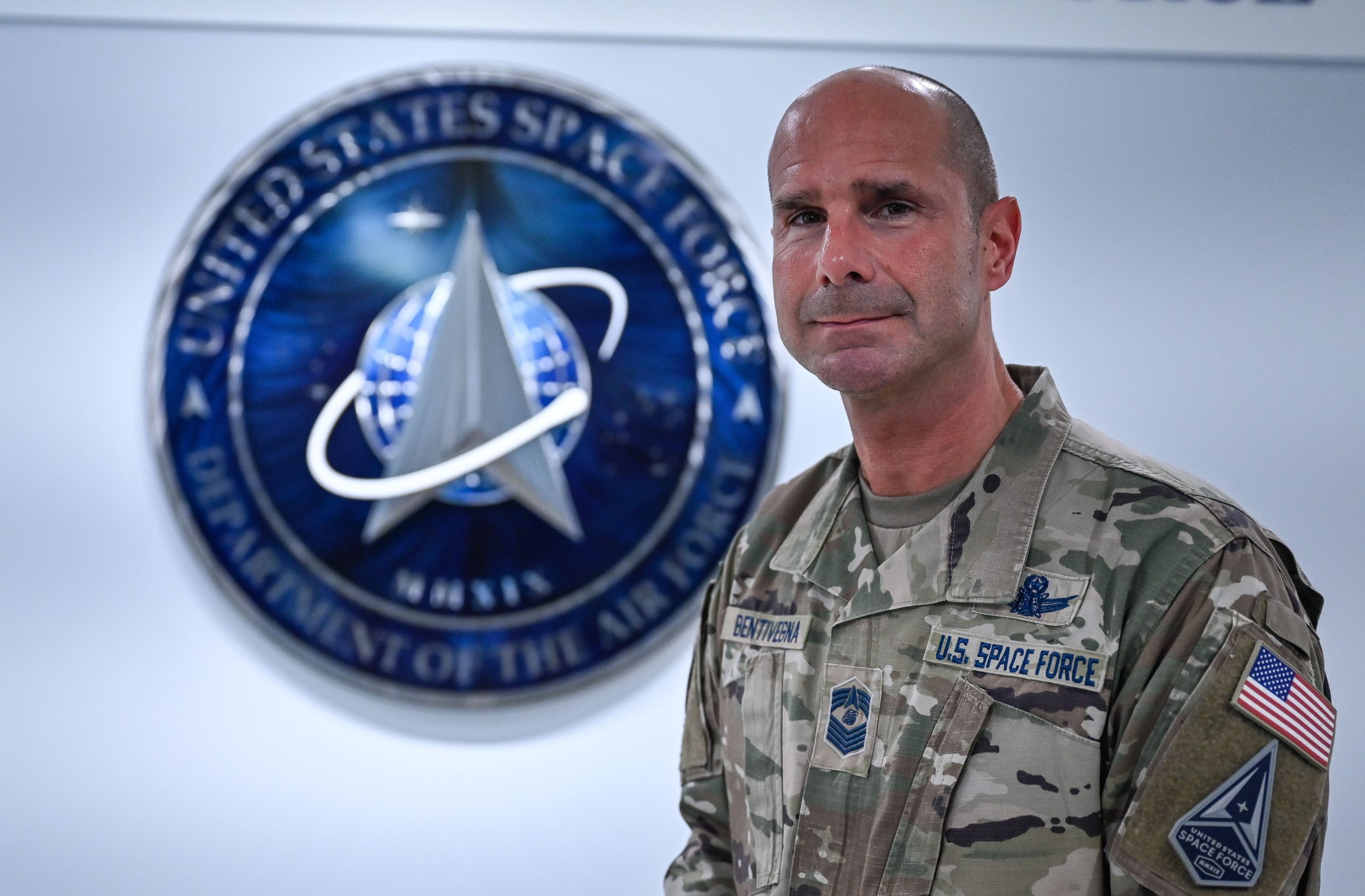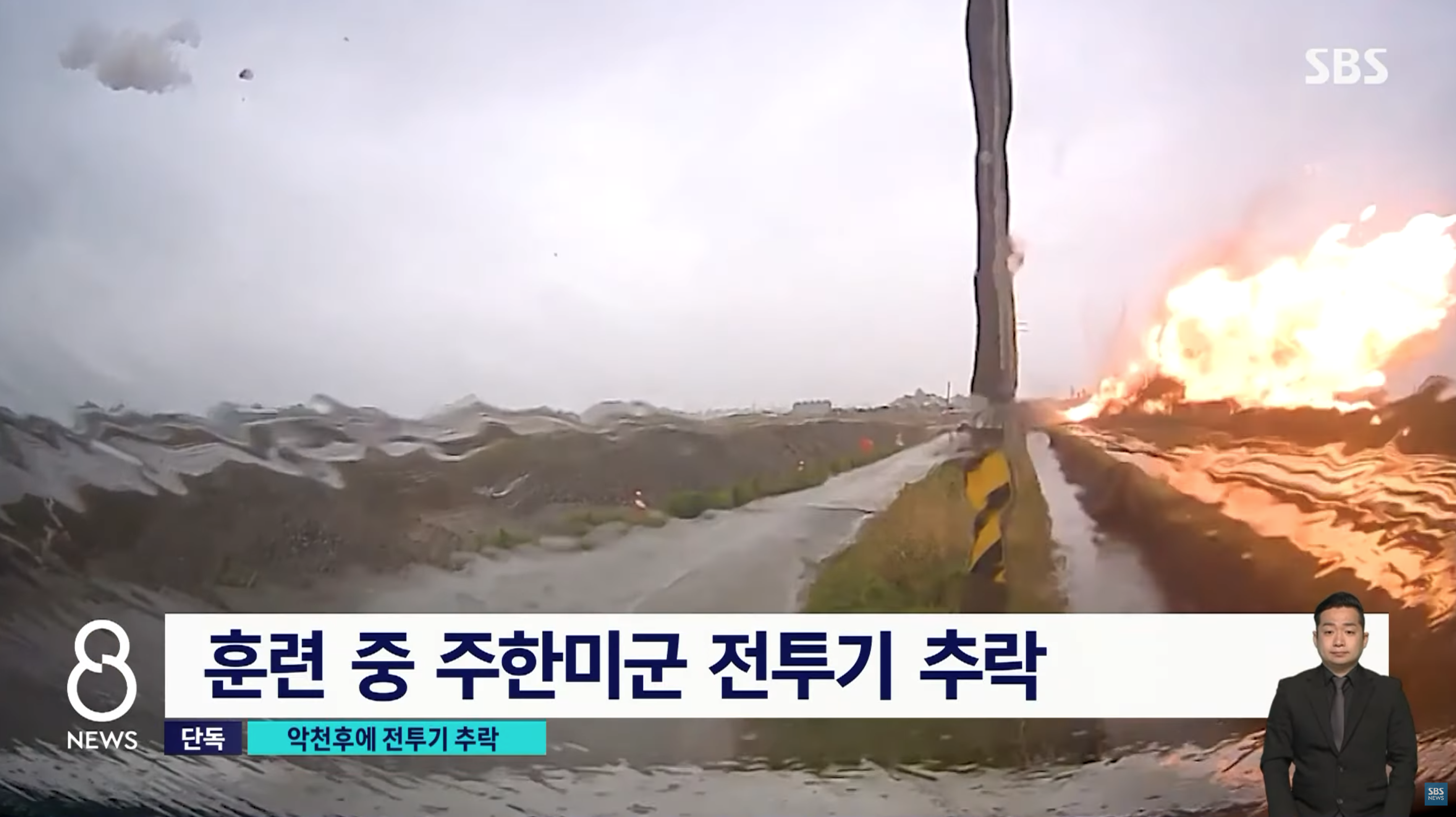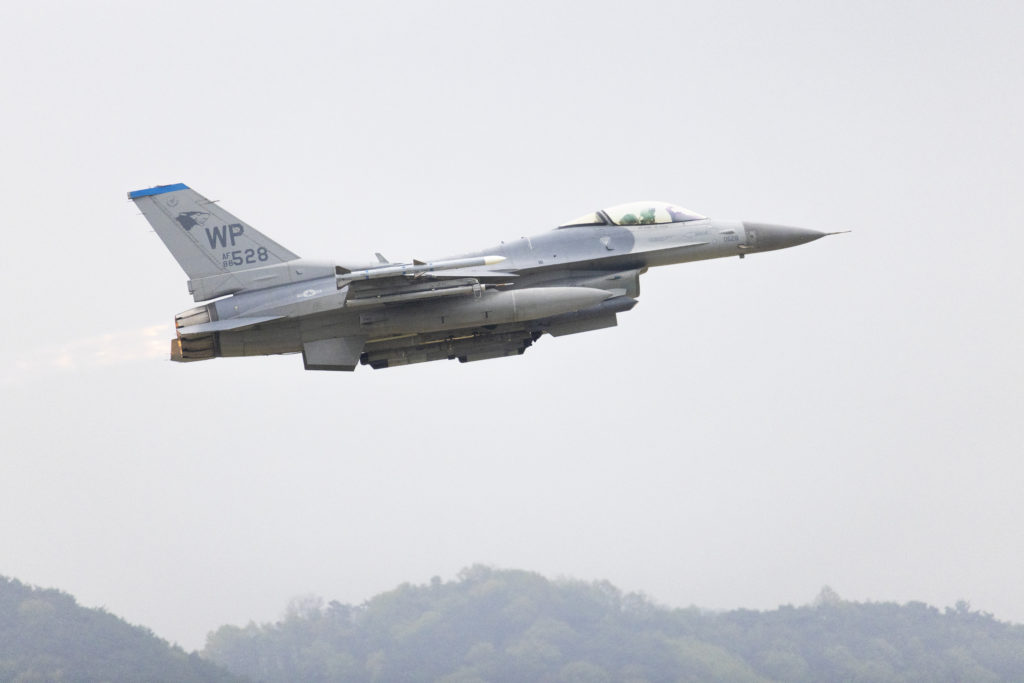Maj. Gen. Phillip A. Stewart was relieved for loss of confidence in his ability to command the 19th Air Force, Air Education and Training Command announced May 10.
Stewart was relieved for alleged misconduct, which was not described in further detail. AETC said the matter is under investigation.
“The Air Force takes any misconduct allegation seriously and is committed to conducting a thorough investigation,” AETC commander Lt. Gen. Brian S. Robinson said in a statement.
Brig. Gen. Christopher R. Amrhein, 19th Air Force’s vice commander, was named the interim commander. Amrhein has been with the 19th Air Force since August 2021 and was previously inspector general for Air Mobility Command.
The 19th Air Force is one of two Numbered Air Forces under AETC and is responsible for all flying training in the Air Force, from Undergraduate Pilot Training to formal training units. It also oversees training programs for air battle managers, weapons directors, Air Force Academy Airmanship, and survival, evasion, resistance, and escape (SERE).
Stewart assumed command of the 19th Air Force in August 2022 after previous commands at the wing and squadron levels. He also has been the Air Force’s top adviser in Afghanistan and deputy chief of staff for strategic employment at Supreme Headquarters Allied Powers Europe. A command pilot with more than 2,600 hours, he has flown the F-15C, A-29, U-2, MC-12, AT-38, T-38, T-37, and RQ-4.
He is the second 19th Air Force Commander to be relieved. In 2015, Maj. Gen. Michael Keltz resigned from his position as commander of 19th Air Force following “an inappropriate comment” made in a “public Air Force forum.”
